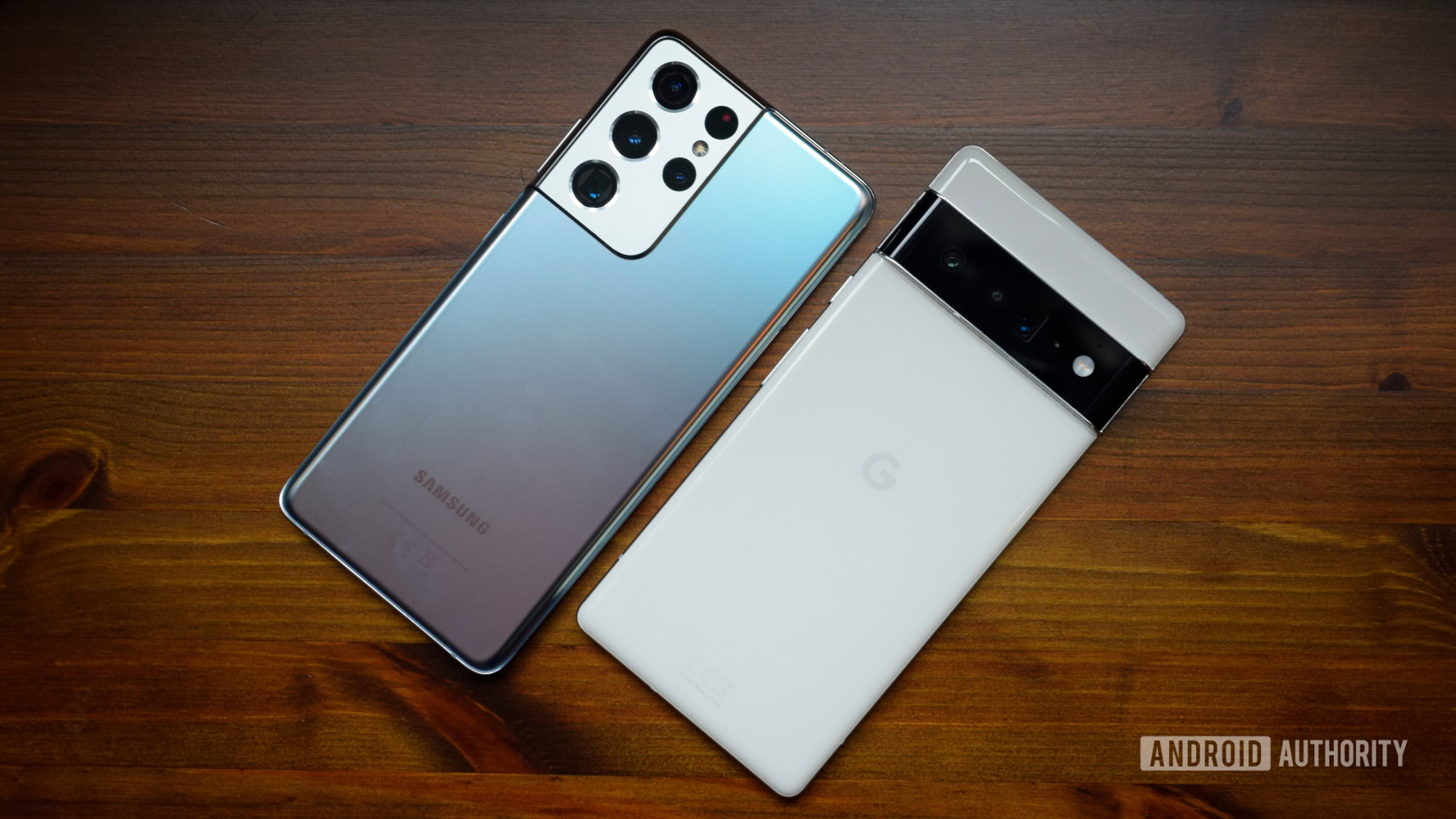Affiliate links on Android Authority may earn us a commission. Learn more.
Here's why we're seeing all these self-repair phone services

- Google, Samsung, Apple, and Microsoft are seemingly embracing self-repair.
- The announced initiatives are long on promises and short on details.
- The motivations may be self-preservation more than altruism.
Multiple device manufacturers have recently announced self-repair services, but the reasons behind these initiatives may be more about self-preservation than customer service.
Google made headlines when it announced it was partnering with iFixit to make it easier for customers to repair their Pixel phones. The announcement follows similar ones from Samsung, Apple, and Microsoft. While some have applauded the announcements as a fundamental shift in how companies operate, the real reason may be more about heading off future legislation than about making meaningful changes, a view supported by the fact that none of the companies have revealed concrete plans.
Right-to-repair is a movement that has been gaining momentum. Consumers often prefer to repair expensive phones than replace them, and many groups cite the environmental impact of replacing phones over performing minor repairs. Despite the building pressure, many companies have continued to make their devices increasingly difficult to repair in the interests of design and aesthetics. However, in July the Federal Trade Commission (FTC) voted unanimously to start targeting “illegal repair restrictions.”
See also: The best phones with a removable battery and alternative solutions
FTC Chairwoman Lina Khan highlighted the benefits of right-to-repair rules:
These types of restrictions can significantly raise costs for consumers, stifle innovation, close off business opportunity for independent repair shops, create unnecessary electronic waste, delay timely repairs, and undermine resiliency. The FTC has a range of tools it can use to root out unlawful repair restrictions, and today’s policy statement would commit us to move forward on this issue with new vigor.
Interestingly, within a couple of months, Microsoft announced it would begin investigating self-repair options, followed by Apple in 2021, Samsung in March 2022, and Google in early April. In the case of Microsoft, it was responding to pressure from shareholder advocacy group As You Sow. Interestingly, despite acquiescing to pressure, Microsoft has only committed to publishing the findings of its investigation by early May 2022, with the goal of making self-repair options available by the end of the year. Similarly, neither Samsung, Apple, nor Google have committed to specific release dates.
Read more: Charging habits to maximize battery life
Taken together, these various factors paint a picture of companies being reluctantly forced to embrace self-repair, or making the decision in an effort to head off legislation that could be far stricter than they would like and force significant design changes to their products in order to comply. Either way, it’s clear these efforts are not being made out of any real concern for customers or the environment.
Nonetheless, whatever the reason, right-to-repair efforts are still a win for consumers. Hopefully, the companies will continue moving forward and not find a loophole that will allow them to extend and delay such initiatives indefinitely.